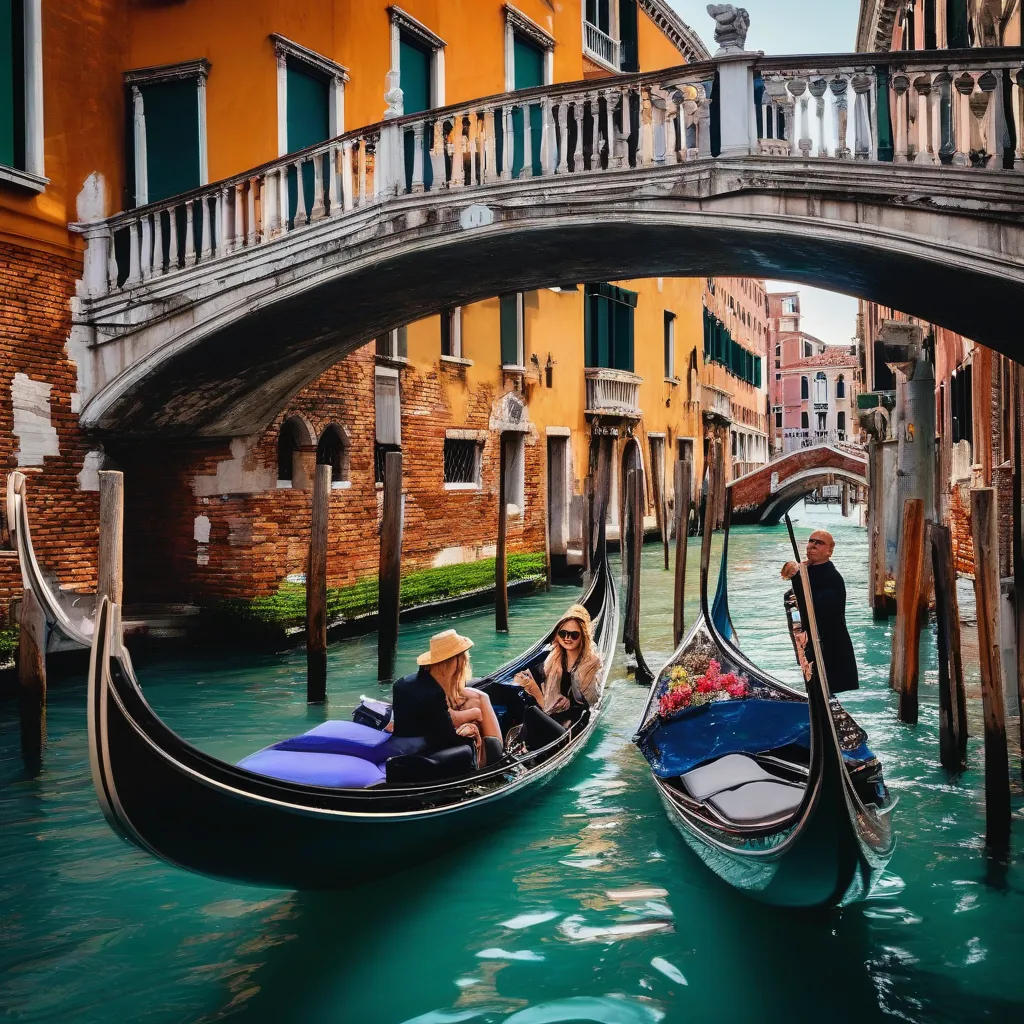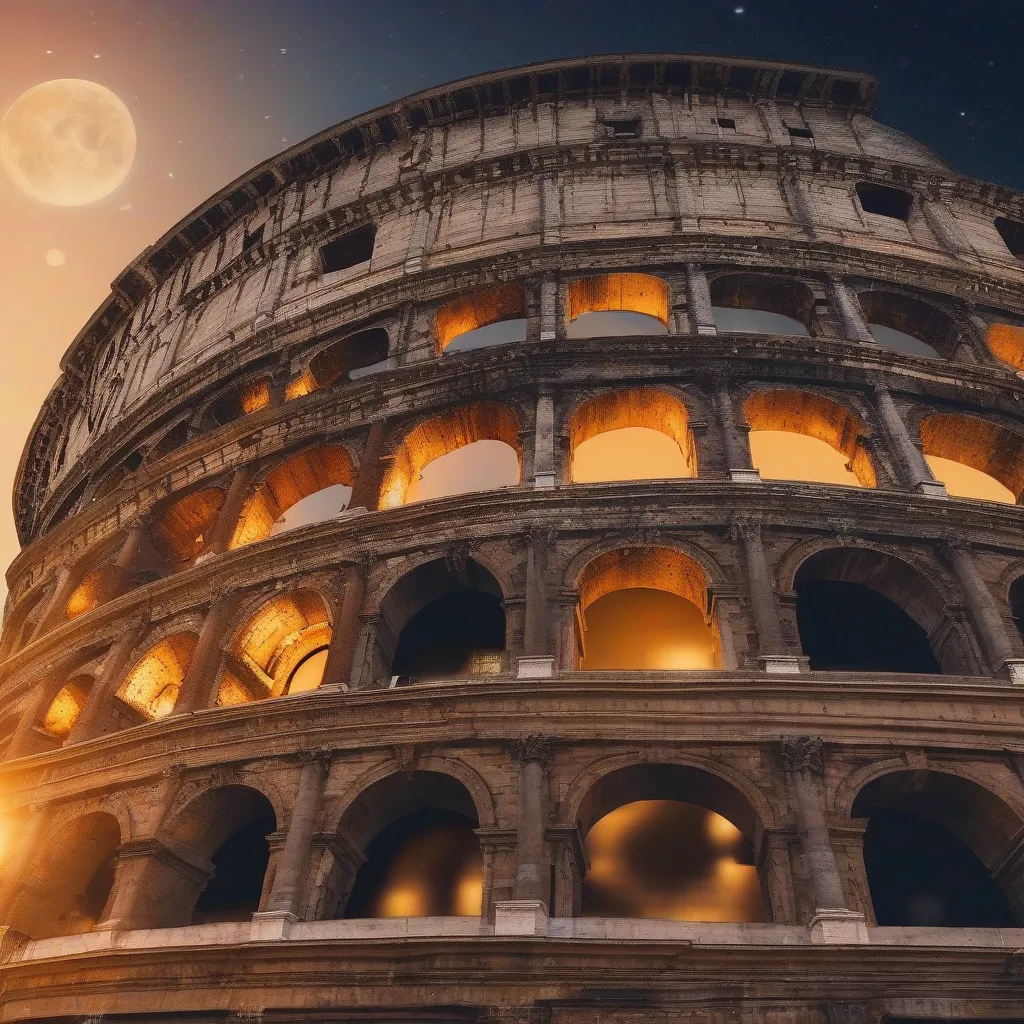Planning a trip to Italy? Beyond booking your flights and hotels, wouldn’t it be amazing to impress the locals with a heartfelt “good travels” in their native language?
While English might suffice in many places, knowing a few key phrases can enhance your travel experience and create meaningful connections with the people you meet. Just imagine yourself confidently wishing someone “buon viaggio” as they embark on their Italian adventure!
More Than Just “Buon Viaggio”: Exploring Italian Travel Phrases
“Buon viaggio” is the most common way to say “good travels” in Italian, but it’s not the only one. Depending on the context and the relationship you have with the person, you might choose a different expression:
- Buon viaggio!: This is the classic and most versatile phrase. It literally translates to “good journey” and can be used for any mode of transportation and in most situations.
- Buon viaggio e buon divertimento!: This translates to “good journey and have fun!” It’s a more cheerful and enthusiastic way to wish someone well on their travels.
- Fai un buon viaggio!: This means “have a good trip!” and is a more informal and friendly way to say “buon viaggio.”
- Buon ritorno!: While not exactly “good travels”, this phrase means “welcome back!” and is useful to know when greeting someone returning from a trip.
Adding a Personal Touch
To make your well wishes even more special, try adding:
- Ci vediamo presto!: “See you soon!”
- Divertiti!: “Have fun!”
- Salutami [city/region]!: “Say hi to [city/region] for me!”
- Fammi sapere come va!: “Let me know how it goes!”
Beyond the Phrases: Italian Travel Etiquette Tips
- Greetings are important: Italians value politeness. A simple “buongiorno” (good morning/day), “buona sera” (good evening), or “ciao” (hello/goodbye) goes a long way.
- Learn basic Italian: Even a few words like “grazie” (thank you), “prego” (you’re welcome), and “per favore” (please) show that you’re making an effort.
- Embrace the slower pace: Italians enjoy taking their time, especially when it comes to meals and conversations. Don’t rush through your interactions.
Planning Your Own Italian Adventure?
For insider tips and inspiration on exploring the wonders of Italy, be sure to visit TRAVELCAR.edu.vn. From the canals of Venice to the rolling hills of Tuscany, we’ll help you craft an unforgettable Italian journey.
 Venice Gondola Ride
Venice Gondola Ride
Frequently Asked Questions
Q: Is it considered rude to speak English in Italy?
A: Not at all! While knowing some basic Italian is appreciated, many Italians, especially in tourist areas, speak English.
Q: What are some must-visit destinations in Italy?
A: Italy is full of incredible places to explore! Rome, Florence, Venice, Cinque Terre, the Amalfi Coast, and Tuscany are just a few of the most popular destinations.
Q: When is the best time to visit Italy?
A: Spring (April-May) and fall (September-October) offer pleasant weather and fewer crowds. Summer (June-August) is peak season, while winter (November-March) can be cold but magical, especially around the holidays.
From “Ciao” to “Arrivederci”: Making the Most of Your Italian Journey
Learning how to say “good travels” in Italian is a small gesture that can have a big impact on your travel experience. It shows respect for the local culture and opens the door for meaningful interactions.
 Colosseum at Sunset
Colosseum at Sunset
So, next time you’re wishing someone well on their trip to Italy, say it with confidence: “Buon viaggio!” You never know what adventures await!

